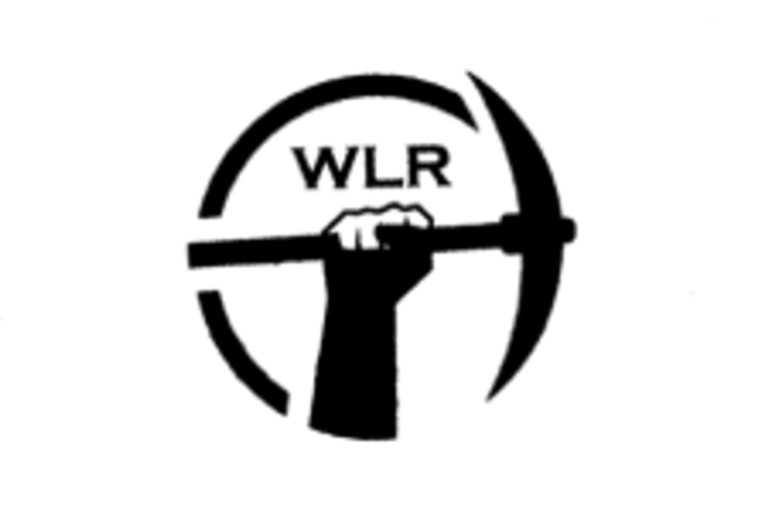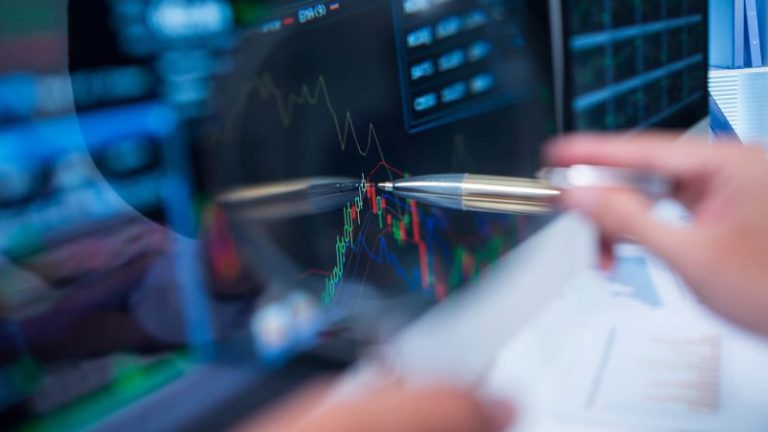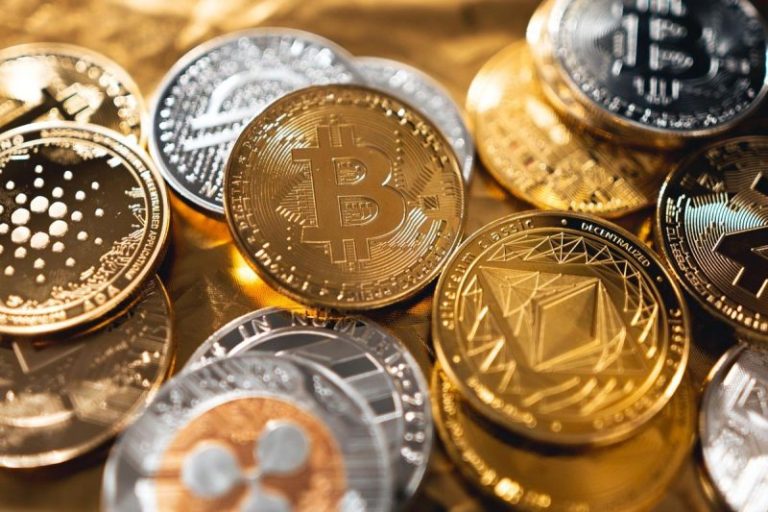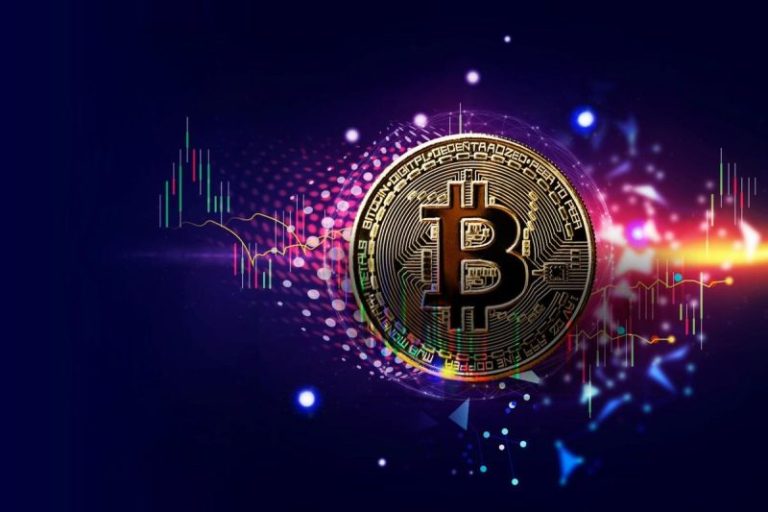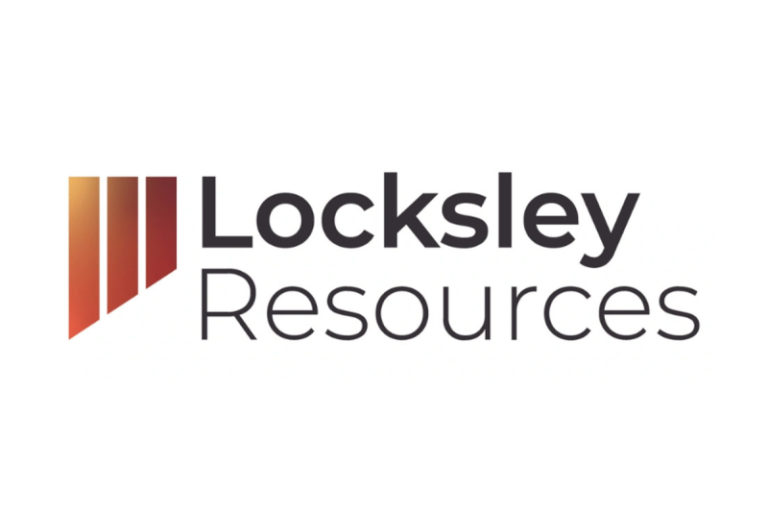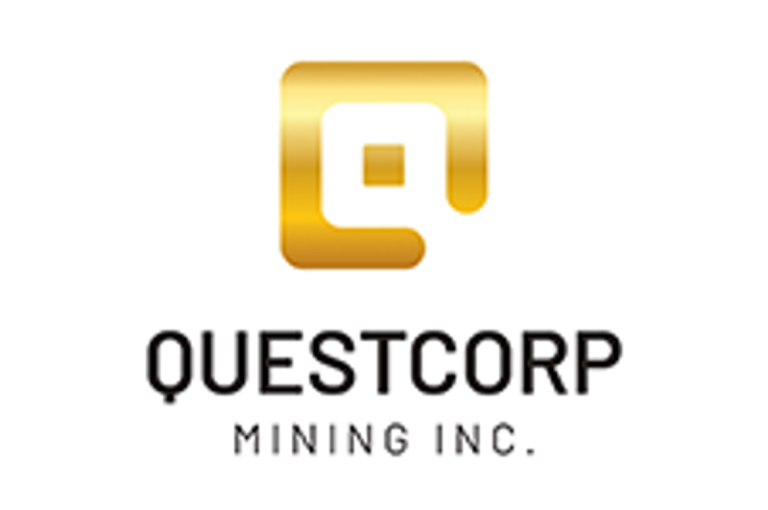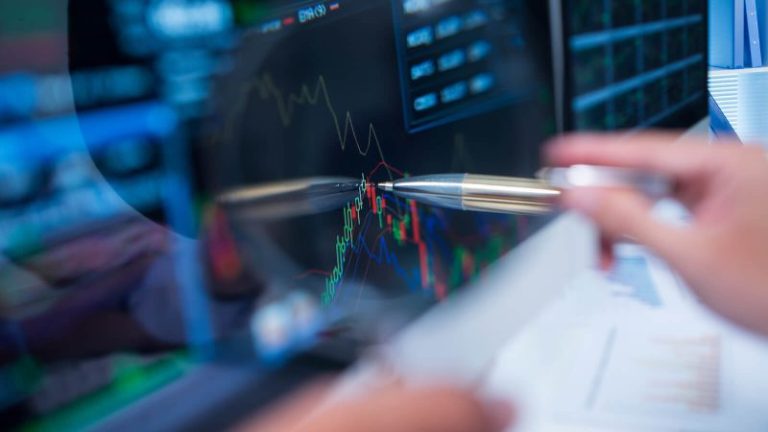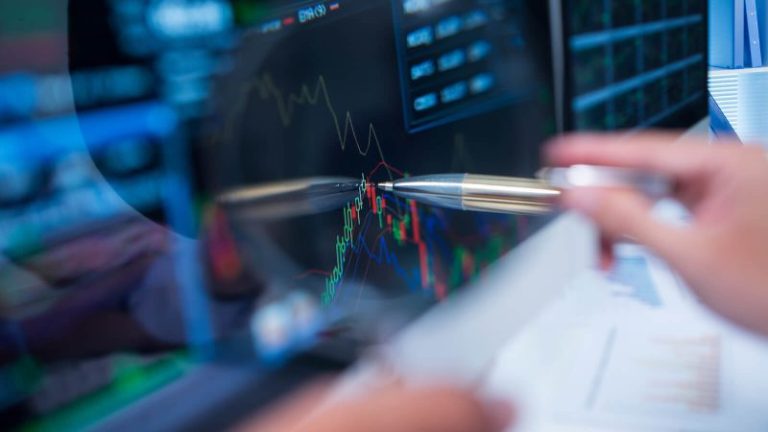Copper prices were volatile in 2025 due to supply-side constraints, high demand and geopolitical concerns.
Experts are calling for many of these trends to carry over into 2026, sending the market into deficit.
Beyond supply and demand fundamentals, copper will also be met with global uncertainty as China continues with its recovery efforts, the US pursues new trade plans, including a renegotiation of the Canada-US-Mexico trade pact, and XXX pressures to end the ongoing conflict in Eastern Europe.
Copper supply in 2026
A significant copper story that developed in 2025 was strained supply. Throughout the year, significant events dragged on the availability of mined copper, delaying its arrival to global markets.
Early on, there was a temporary shutdown of BHP’s (ASX:BHP,NYSE:BHP,LSE:BHP) Escondida mine, the largest copper mine in the world. However, the most significant disruption came late in the year, when 800,000 metric tons (MT) of wet material poured into the primary Grasberg block cave (GBC) at Freeport-McMoRan’s (NYSE:FCX) Grasberg mine in Indonesia. The incident cost seven workers their lives and halted production across the operation.
While the company plans to restart the Big Gossan and Deep Level zones before the end of 2025, a phased restart at the GBC won’t start until the middle of 2026, with full operations not resuming until 2027.
Elsewhere, a seismic event at Ivanhoe Mines’ (TSX:IVN,OTCQX:IVPAF) Kamoa-Kakula mine in the Democratic Republic of Congo (DRC) in May caused flooding and forced the temporary suspension of mining activities. Although some underground operations have resumed, the company is focused on dewatering the lower portions of the mine.
Since the incident, Ivanhoe has been processing stockpiled materials, but in an update on December 3, it suggested that those stores will be depleted during the first quarter of 2026. Subsequently, it has set its 2026 guidance at 380,000 to 420,000 MT before ramping back up to the 500,000 to 540,000 MT range in 2027.
“Grasberg remains a significant disruption that will persist through 2026, and the situation is similar to constraints at Ivanhoe Mines’ Kamoa-kakula, which experienced output cuts this year,’ he said.
‘We believe these outages will keep the market in deficit in 2026.’
Some relief on the copper supply side may come from the restart of operations at First Quantum Minerals’ (TSX:FM,OTC Pink:FQVLF) Cobre Panama mine. It was forced to shut down in November 2023 after Panama’s supreme court cancelled new 20 year mining contract signed in October 2023. This past Septembe, the Panamanian government ordered a review of the mining lease to restart operations at the site in late 2025 or early 2026.
Similar to Grasberg, restarting mining operations may take some time to return to full production, causing a lag before material from the mine can ease undersupplied market conditions.
Copper demand in 2026
Copper demand is on the rise due to demand from the energy transition, artificial intelligence (AI) and the expansion of data centers, as well as the rapid urbanization of the Global South. However, in 2025, significant demand was also driven by US tariff concerns, as traders have worked to import refined material into the country.
“A huge amount of this tightness has to do with US tariff concerns with refined copper inflows into the US having jumped MT over the year, putting inventory in the country to 750,000 MT,” she said.
Scott-Gray pointed to a “perfect storm” brewing in 2025’s fourth quarter , including a warming outlook driven by easing China-US tensions, US interest rate cuts and China’s 15th five year plan, set to run from 2026 to 2031.
Historically, one of the biggest demand drivers for copper has been the Chinese real estate sector; however, tighter regulations, high debt and low liquidity led to its collapse in 2021, even though the Chinese government has instituted several policies over the past several years to stimulate the sector, to no avail.
According to Reuters, Chinese home prices are set to fall 3.7 percent in 2025, and are expected to decline into the new year as well. Despite these issues, the Chinese economy proved to be robust in 2025 and is expected to post growth of 4.9 percent in 2025 and 4.8 percent in 2026, fueled by high-tech exports.
Additionally, the five-year plan outlays upgrades to the metals sector and growth in new energy.
“Weakness in the property market is likely to continue in 2026, but the story for copper is constructive. Policy focus and capital are expected to prioritize expanding the electricity grid, upgrading manufacturing, renewables and AI-related data centers. These copper-intensive areas are set to more than compensate for a subdued property market, yielding net growth in China’s copper demand next year,” White said.
Copper crunch keeps building
“These things are taking years to fix — so let’s say it takes some of them a year to get fixed and back on track, some of them two years. We’re looking at 2027; by then, the copper demand side will have kicked up even more. My base case is actually for copper deficits to broaden in the next couple of years, then just continue broadening,” he said.
The supply side is also facing headwinds as new operations haven’t come online to replace existing mines that are increasingly challenged by declining grades. While there is new supply in the pipeline, like Arizona Sonoran Copper Company’s (TSX:ASCU,OTCQX:ASCUF) brownfield Cactus project and the Rio Tinto (ASX:RIO,NYSE:RIO,LSE:RIO) and BHP joint venture Resolution project, both in Arizona, they’re still years away.
“While new projects may add tonnage at the margin, demand growth is likely to outpace any supply additions, which points to further supply deficits that escalate over the coming years,” White said.
A May 1 report by the UN Conference on Trade and Development notes that demand is expected to grow by 40 percent by 2040, requiring US$250 billion in investment capital and the construction of 80 new mines.
The report stated that half of the world’s copper reserves are currently located in just five countries.
Chile, Australia, Peru, the DRC and Russia, with structural challenges setting up that go beyond declining grades, most notably geopolitical risk and long mining times.
The scale of the challenges was recently outlined in a report from Wood Mackenzie, which forecast demand increasing by 24 percent to 43 million MT per year by 2035. To balance the market, the report states that 8 million MT of new supply will be required, along with 3.5 million MT from scrap.
Investor takeaway
Overall, according to the International Copper Study Group’s (ICSG) most recent forecast, released on October 8, mine production is expected to increase 2.3 percent in 2026 to 23.86 million MT.
However, refined production is only predicted to increase by 0.9 percent to 28.58 million MT.
Regarding demand, the group stated that refined copper use is expected to grow by 2.1 percent to 28.73 million MT in 2026, outpacing production growth and leading to a 150,000 MT deficit by the end of the year.
White is bullish on copper in 2026, citing low inventories and mine and concentrate deficits. He also suggested tariff threats may not be over, and that regional price differentials and high physical premiums are likely to continue.
With copper deficits expected to accelerate in 2026, prices are set up to hit record highs. Scott-Gray said 2026 could see the average price climb to US$10,635 per MT, with higher prices likely to be off-putting to more price-sensitive buyers.
Additionally, with long-term premiums near record highs, she said market players may look to make purchases on a “just-in-time” basis from alternative sources, such as bonded warehouses or directly from smelters.
Depending on price and supply, consumers could also look to swap out copper for aluminum where practical, though Scott-Gray noted that the switch would have its own limitations.
In data provided by Scott-Gray from StoneX’s Base Metal Front Desk Call, 40 percent of respondents to an LME Metals Poll believe that copper will be the best-performing base metal in 2026.
Securities Disclosure: I, Dean Belder, hold no direct investment interest in any company mentioned in this article.


